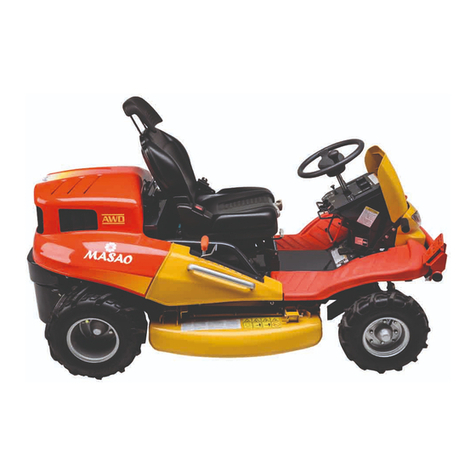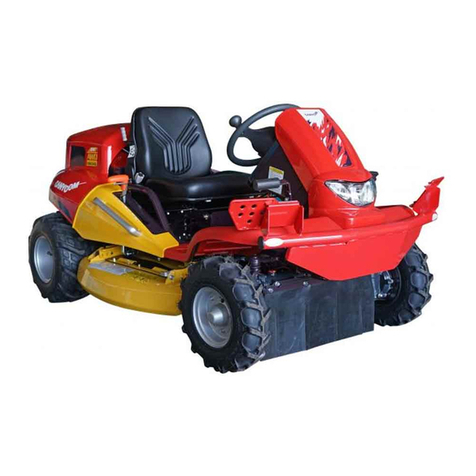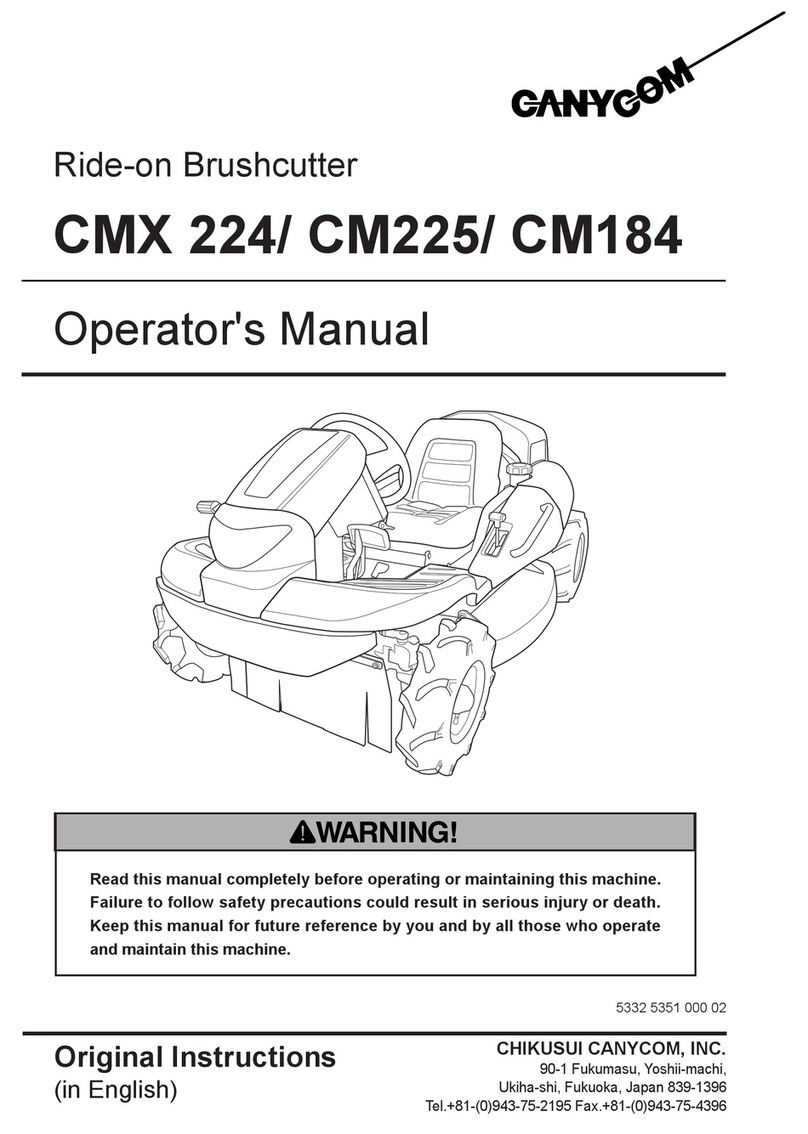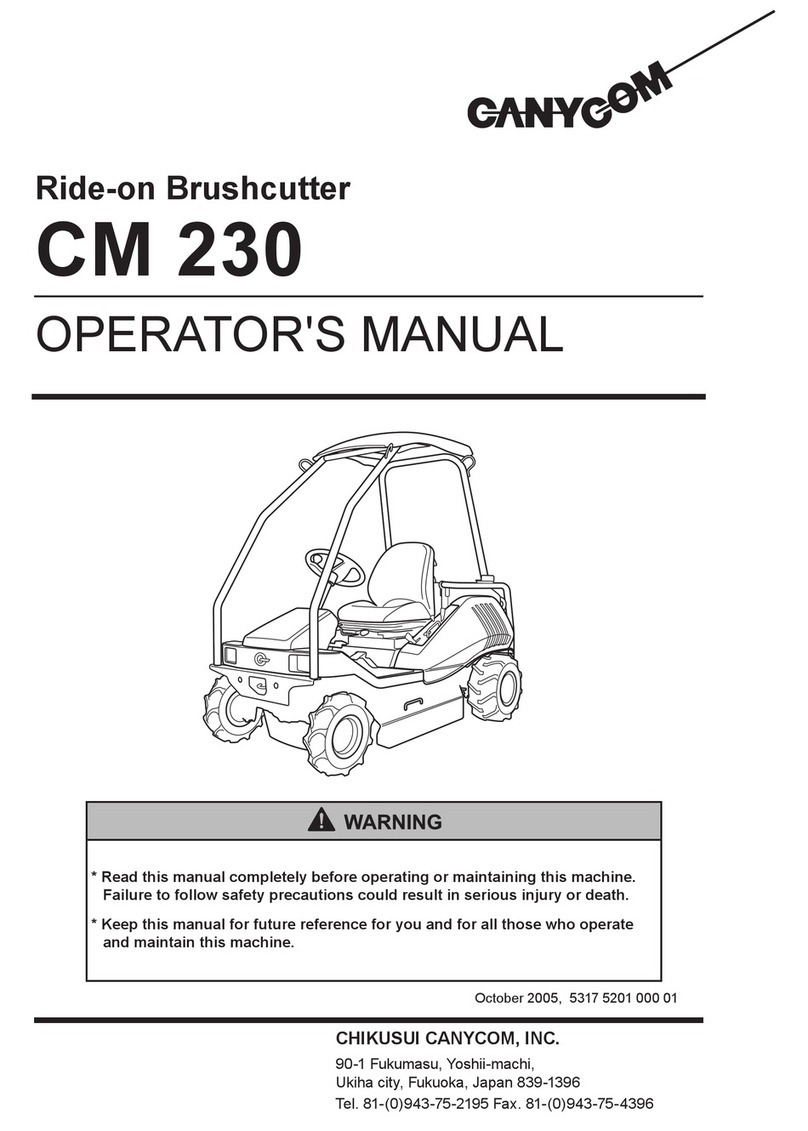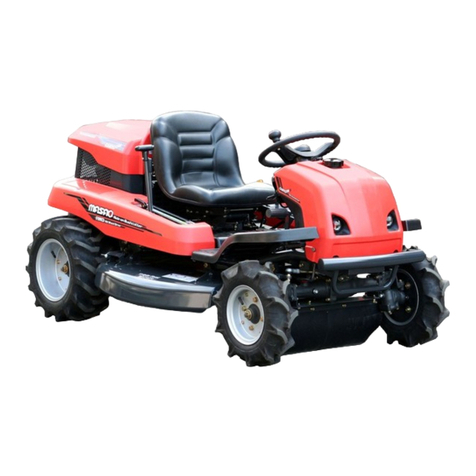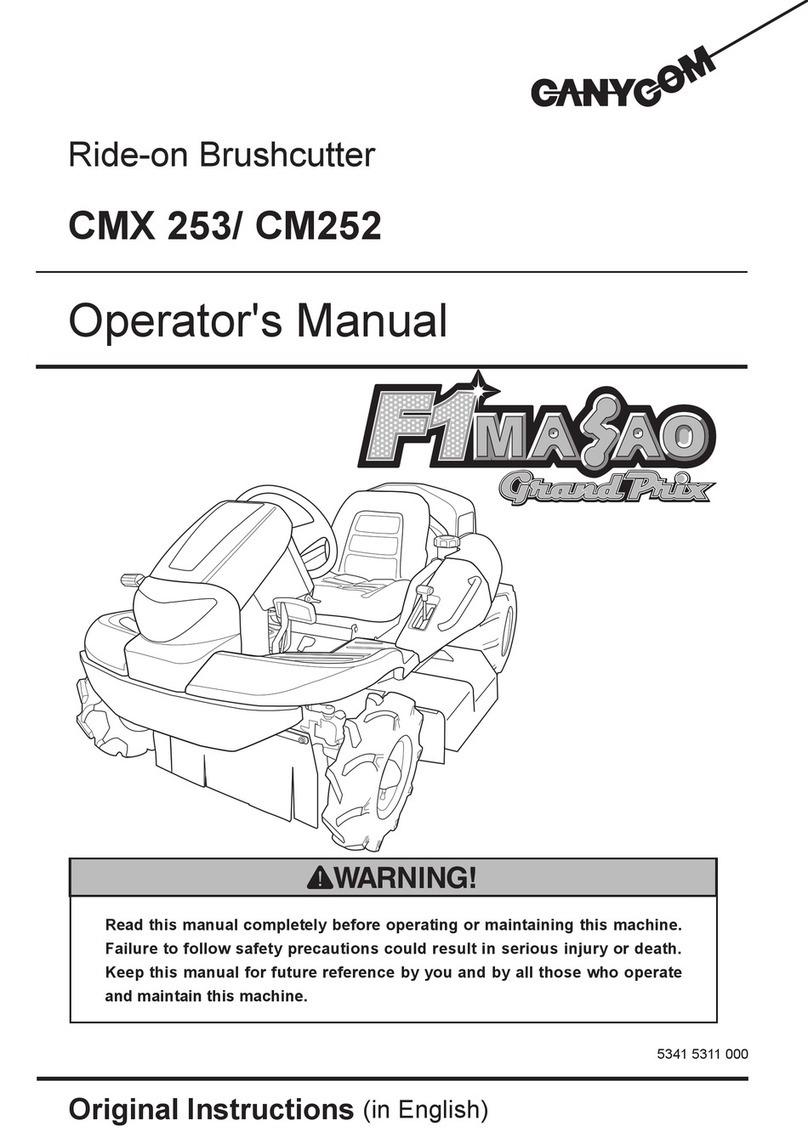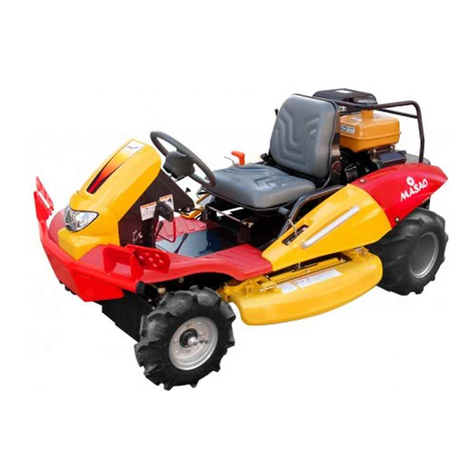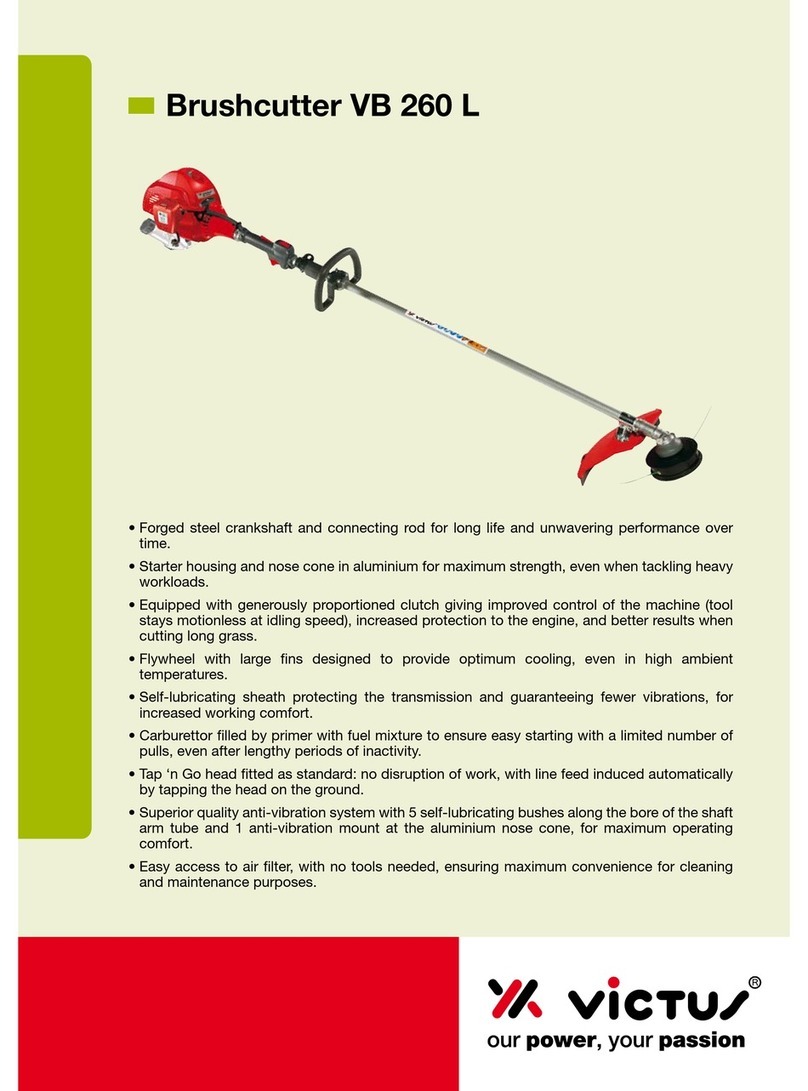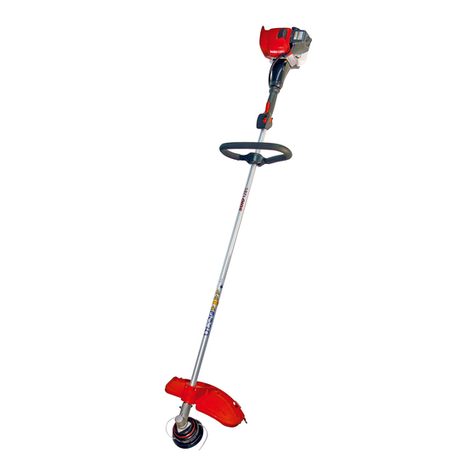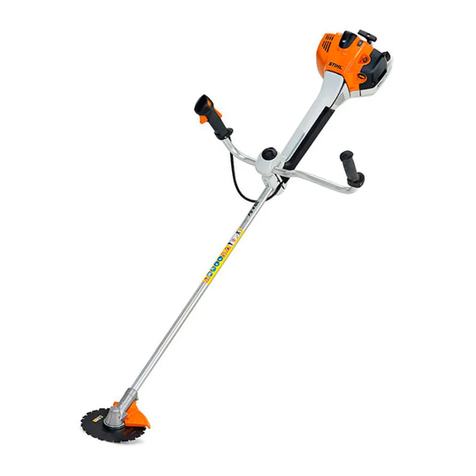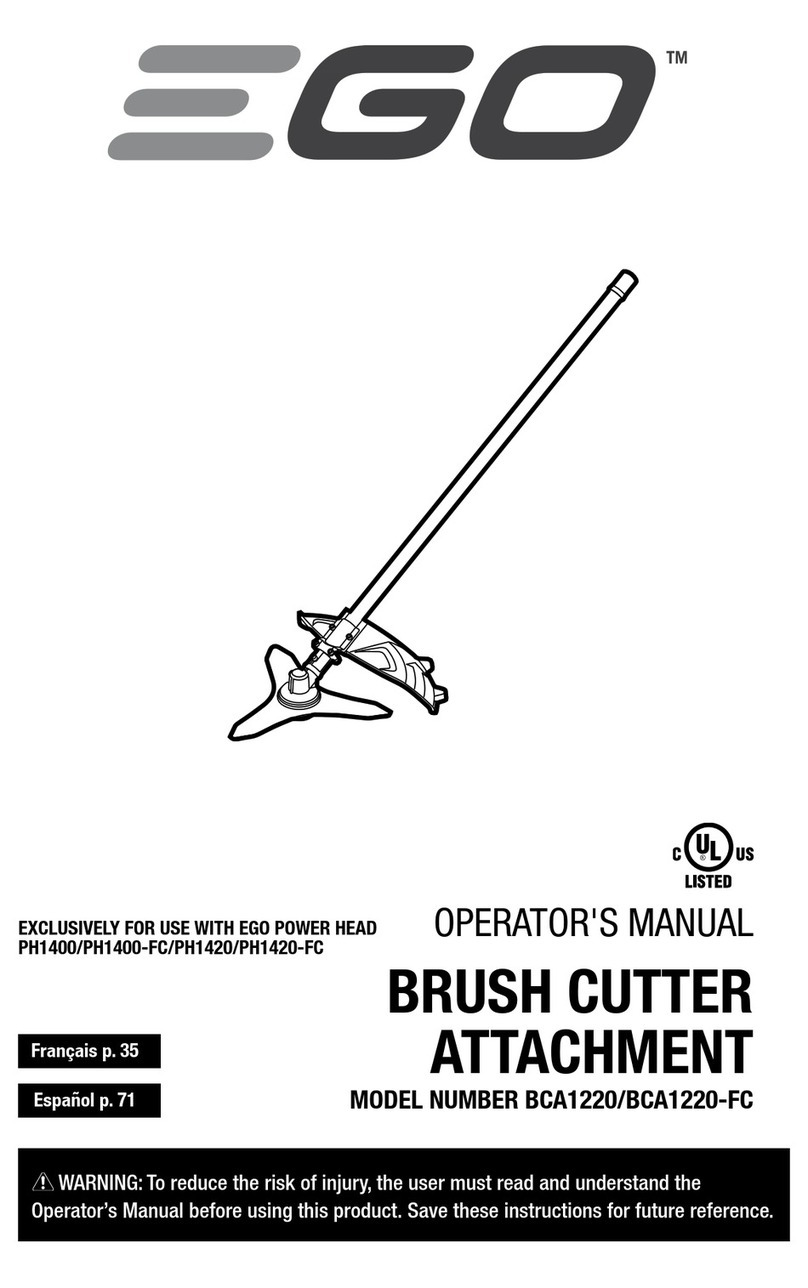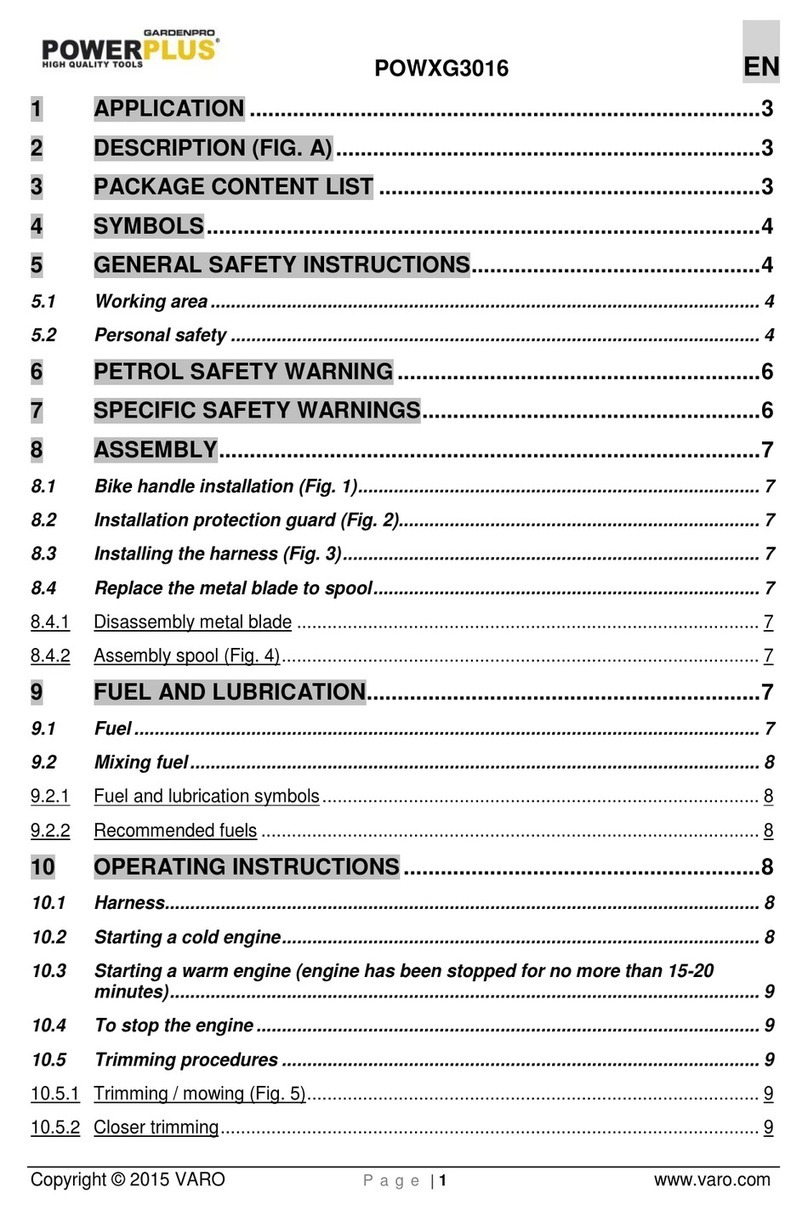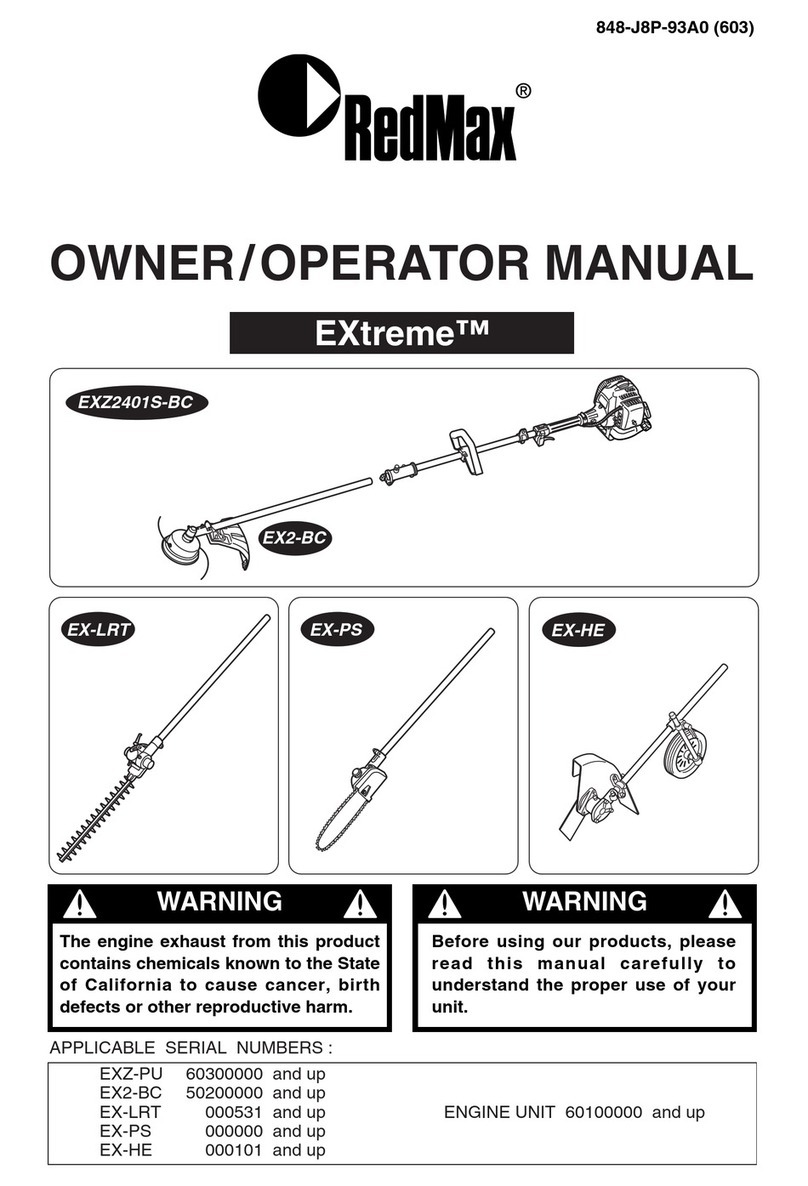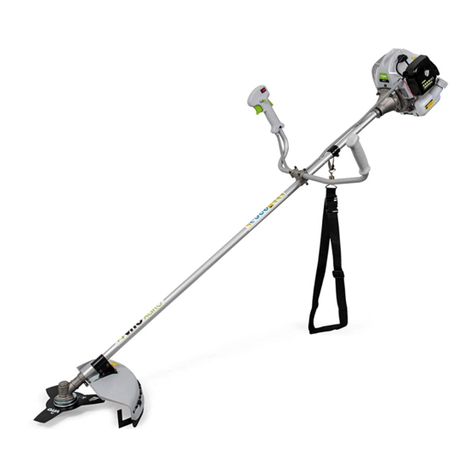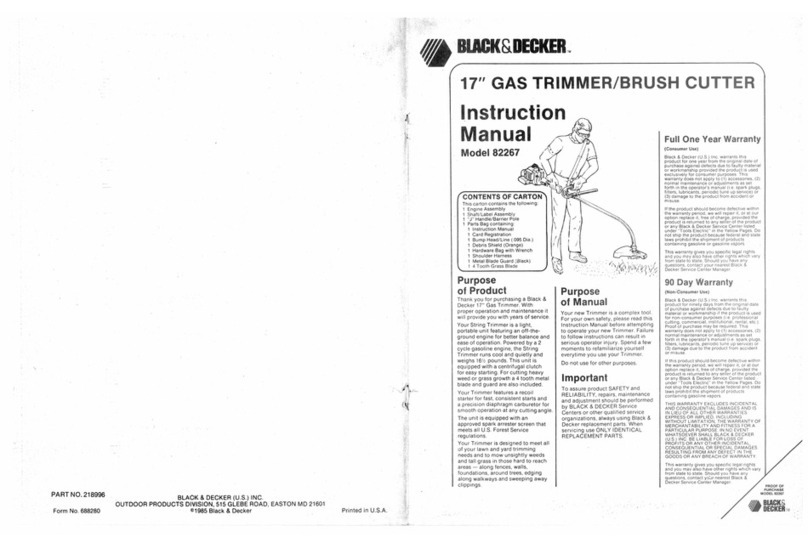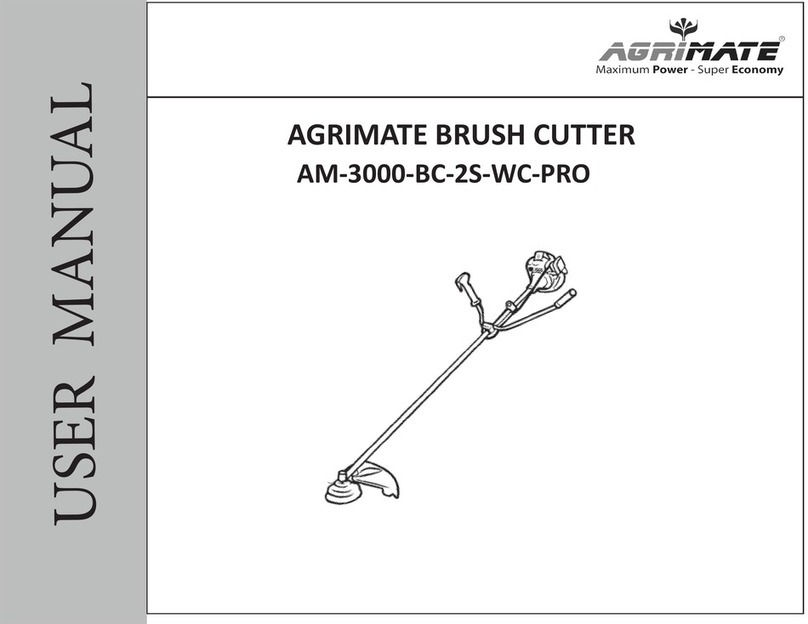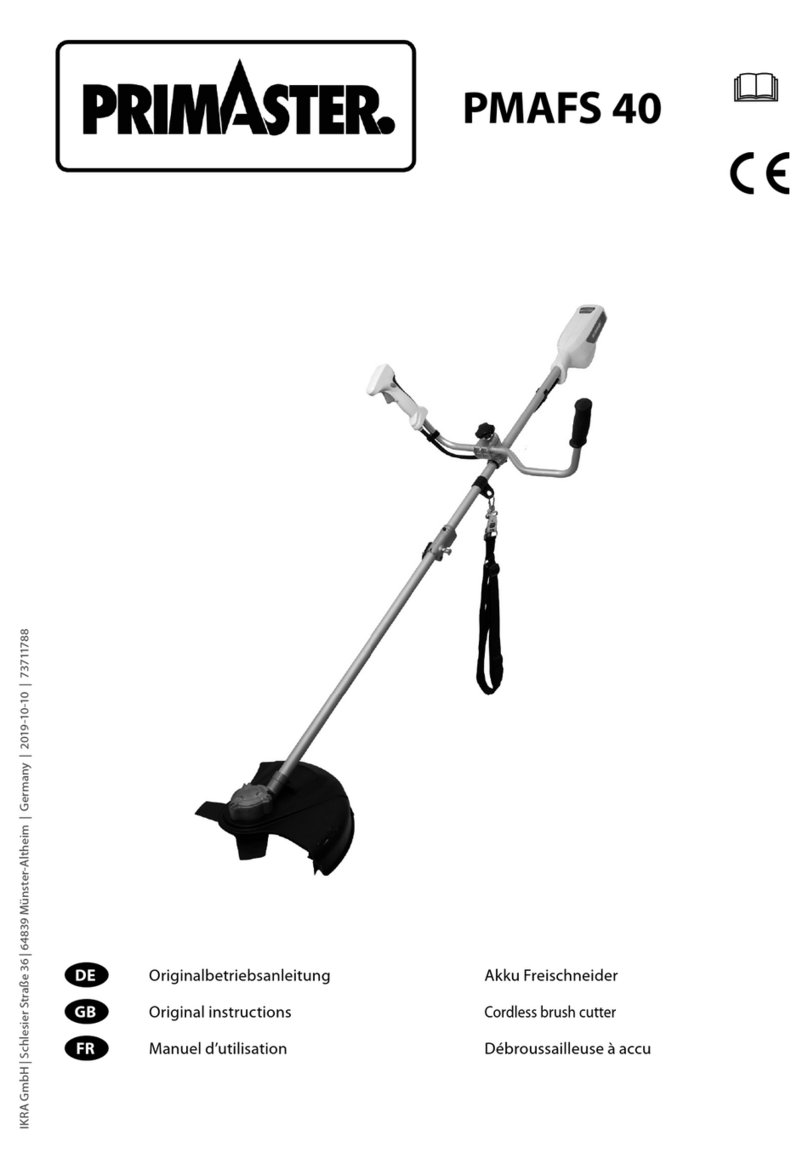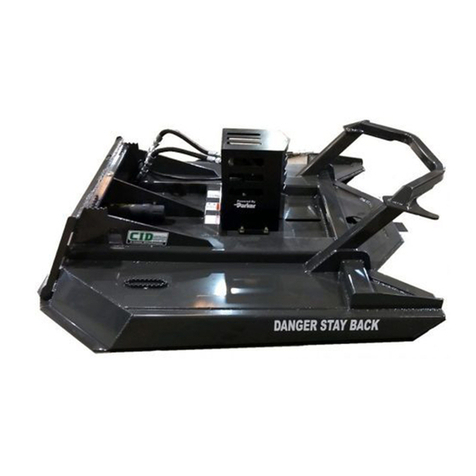9. Troubleshooting 51
9.1 Troubleshooting Chart .............................................. 51
8. Storage 48
8.1 Chassis .............................................................. 48
8.2 Battery ............................................................... 49
8.3 Engine ............................................................... 49
8.3.1 Fuel Cock ............................................................ 49
8.3.2 Air Cleaner ........................................................... 50
8.3.3 Engine Oil ........................................................... 50
7.7 Cleaning ............................................................. 39
7.7.1 Air Cleaner ........................................................... 39
7.7.2 Spark Plugs .......................................................... 40
7.7.3 Fuel Cock (Fuel Filter) ................................................. 41
7.7.4 Blower Housing and Cooling Fan ....................................... 42
7.8 Adjusting ............................................................. 43
7.8.1 Drive Belt ............................................................ 43
7.8.2 Rotary Drive Belt ..................................................... 43
7.8.3 Rotary Brake ......................................................... 43
7.8.4 Parking Brake ........................................................ 44
7.8.5 Drive Lever .......................................................... 44
7.8.6 Tires ................................................................ 44
7.9 Replacing ............................................................ 45
7.9.1 Oil Filter Cartridge .................................................... 45
7.9.2 Hoses ............................................................... 45
7.9.3 Cutting Blades ....................................................... 45
7.10 After Use Care ...................................................... 47
